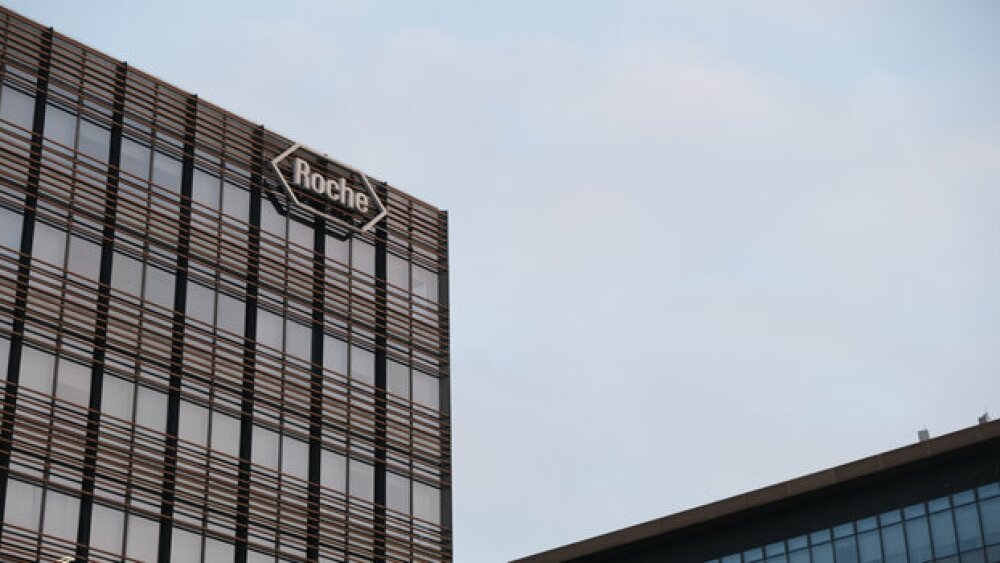Novartis’ Scemblix posted stronger results with fewer discontinuation rates than both its own Gleevec and a stronger second-generation TKI, positioning it for a potential first-line indication in chronic myeloid leukemia.
Novartis’ kinase inhibitor Scemblix aced a Phase III trial in chronic myeloid leukemia, as the Swiss pharma looks to bump up the third-line treatment into a first-line spot. Novartis on Friday presented the data at the 2024 American Society of Clinical Oncology annual meeting in Chicago.
In the ASC4FIRST trial, Scemblix was pitted against current standard-of-care tyrosine kinase inhibitor (TKI) therapies. Out of 405 patients, close to half received Scemblix and the other half were divided between Novartis’ own Gleevec and a stronger, second-generation TKI.
After 48 weeks, 68% of patients in the Scemblix arm achieved a major molecular response compared to 49% in the TKI arm, including both lines of treatment. A deep molecular response, often considered a remission in chronic myeloid leukemia (CML), was seen in 39% of patients treated with Scemblix versus 21% in the comparison arms.
Most CML patients need to remain on TKI therapy for years if not for life. According to Novartis, almost half of patients on current TKI therapies eventually must change to another treatment due to drug resistance or safety and tolerability issues.
Scemblix is designed to specifically target the ABL myristoyl pocket with the intention of high potency and high specificity to minimize the side effects and toxicity. In ASC4FIRST, 86% of patients on Scemblix remained on the treatment at the cutoff date compared to only 62% of patients on Gleevec and 75% on a second generation TKI.
Novartis said adverse events were fewer in the Scemblix arm compared to the TKI arm, with the most frequent events being low platelet count and low neutrophil count.
“This combination of potency and safety may enable more patients to achieve treatment-free remission, the ultimate goal of CML therapy,” lead study author Timothy Hughes, from the South Australian Health and Medical Research Institute and University of Adelaide, Australia, said in a statement.
The data exceeds “best” case scenario, Jefferies analysts said in a Friday note to investors, emphasizing the “impressive superior efficacy” and lower discontinuation rates. In its peak sales outlook for best case scenario, the firm projected a $5.9 billion market. Prior year sales at its current position of third-line treatment came in at $413 million.
“Results should position the drug as the new standard-of-care,” according to Jefferies analysts.
Data from the trial is already under review at the FDA, with a breakthrough therapy designation for first-line setting. The FDA’s real-time oncology review program in addition to the breakthrough designation suggests an expedited review, analysts said.
Kate Goodwin is a freelance life science writer based in Des Moines, Iowa. She can be reached at kate.goodwin@biospace.com and on LinkedIn.






